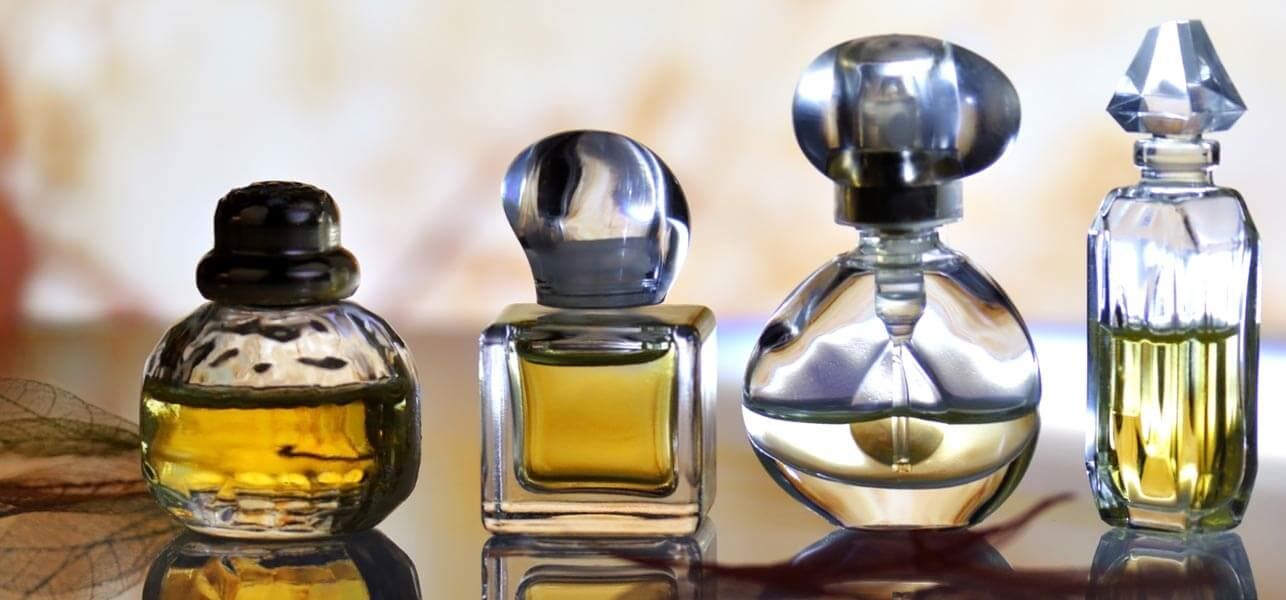Leather goods have been an integral part of fashion and lifestyle for centuries. From wallets and bags to shoes, belts and accessories, leather upholds elegance and durability like no other material. Even in modern times with changing trends, leather continues to remain a popular choice for luxury items. This article explores the history of leather goods manufacturing, popular leather types and finishes used, classic leather items that never go out of style, and the future of this luxury market.
History of Leather Goods
Leatherworking can be traced back to ancient civilizations in Mesopotamia from as early as 1500 BC. Early civilizations like the Mesopotamians, Egyptians and Romans prized leather for its versatility and functionality. They utilized leather for footwear, clothing, armor, saddles and more. Through the centuries, Leather Goods manufacturing flourished in key regions across Europe and Asia. By the Industrial Revolution in the 18th century, tanneries came up that increased leather production. This boosted the growing leather goods industry. Iconic brands like Hermes, Louis Vuitton, Prada, Gucci, etc. were established in the 18th-19th centuries, pioneering premium leather goods. Today, these luxury brands are synonymous with fine leather craftsmanship worldwide.
Types of Leather
Some of the most commonly used leathers in luxury goods include:
– Cowhide leather: Durable and affordable, cowhide is a top choice for bags, belts, jackets and shoes. Varieties include full grain, top grain and split grain cowhide.
– Calfskin leather: Softer and finer in texture than cowhide, calfskin is favored for wallets, gloves, smartphone cases and more. It takes color well and has a supple feel.
– Goatskin leather: Thin and delicate looking, goatskin leather lends itself well to lightweight bags, jackets, clutches and notebooks. It has a pebbly texture.
– Sheepskin leather: Known for its wooly fleece interior, sheepskin is popular for winter jackets, pillows, car seats and blankets for its plush feel and warmth.
– Alligator leather: Exotic and luxurious, alligator leather along with other reptile leathers like lizard and crocodile add luxurious detailing to bags, shoes, belts and accessories.
Leather Finishes
Some key leather finishing techniques utilized are:
– Aniline dyeing: Imparts little color and preserves leather’s natural markings for a worn-in aesthetic ideal for bags, boots and upholstery.
– Pigmented dyeing: Provides rich, consistent color that doesn’t wear off easily. Used for shoes, belts and accessories.
– Hand rubbing/polishing: Brings out leather’s natural oils and patina through repetitive buffing for a velvety feel perfect for high-end goods.
– Burnishing: Smoothens and seals leather’s surface for finishes that resist water and abrasions well suited for rugged footwear and accessories.
Classic Leather Goods
Here are some timeless leather items perfect for every occasion:
– The envelope clutch: Sleek, minimalist and perfect for evening events. Available in versatile neutral shades.
– The tote bag: Roomy yet elegant, totes are a must-have for daily use available in various sizes from mini to large.
– The briefcase: Durable staple for executives and professionals, briefcases denote sophistication.
– The leather jacket: From biker to bomber styles, leather jackets never lose their edge. A wardrobe essential.
– The belt: Simple black or brown belts are closet heroes that accentuate countless outfits.
– The wallet: From bi-fold to cardholders, high-quality leather wallets age beautifully.
– The watch strap: Elevates any timepiece’s look whether casual or dressy. Available in myriad colors.
– The notebook: Nothing says luxury like a fine leather notebook to jot down ideas.
Future of Leather Goods
With increasing demand for sustainable, ethically sourced goods, the leather industry is adapting newer materials and processes. Some notable trends include:
– Veg-tanned leathers: Tanning with vegetable extracts vs chemicals reduces toxins. Used by conscious brands.
– Gold-leafed embellishments: Floral gold foiling adds an artisanal touch to Western designs merging tradition with modernity.
– Exotic skins: While environmentalists discourage these, small batches of hard-to-source skins like elephant, lizard, snake continue to intrigue collectors.
– Customization: Brands let customers personalize leathers via engraving, monogramming etc for a unique touch appealing to millennials and Gen Z.
– Eco-friendly finishes: Natural waxes, oils replace plastics in finishes to lighten leather goods’ environmental impact.
With evolving industry standards and sustainable practices, leather goods will surely retain their iconic status for luxury connoisseurs globally in the years to come. Its intrinsic qualities make it a treasured material for generations.
Leather maintains an allure like no other material for luxury items owing to its rich history, raft qualities, versatility and ability to age gracefully. Whether classic staples or innovative designs, well-crafted leather goods hold immense value and investment potential. In the modern market, leather’s timeless appeal is assured as the industry adopts more eco-conscious practices to remain relevant for the future.
*Note:
1. Source: Coherent Market Insights, Public sources, Desk research
2. We have leveraged AI tools to mine information and compile it




